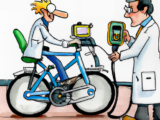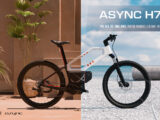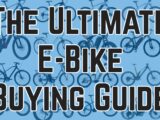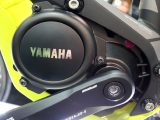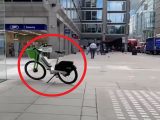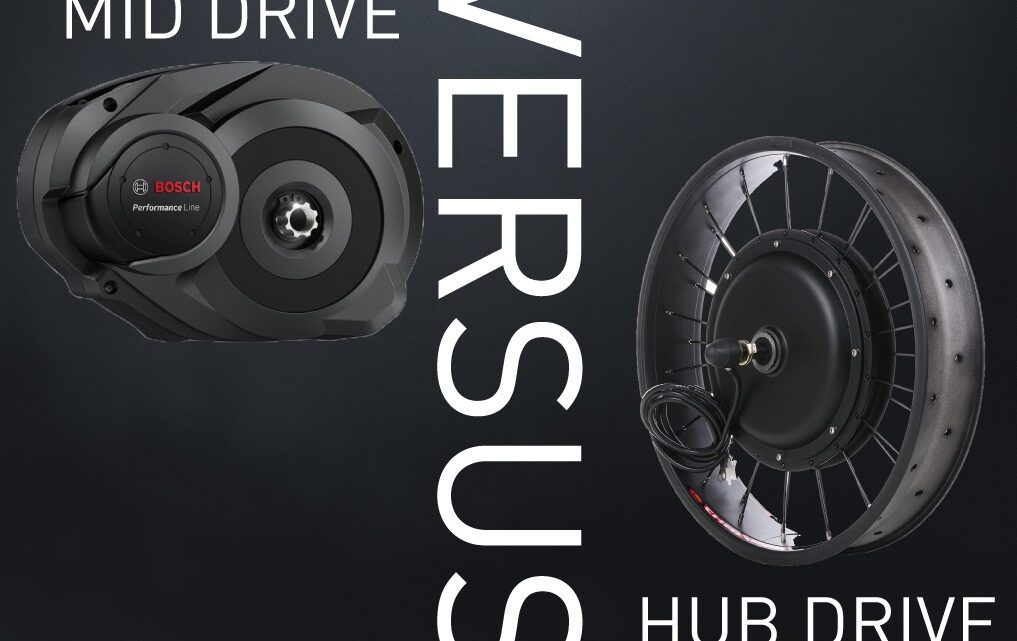
Mid Drive vs Hub Drive? Everything You Need to Know
January 20, 2023We’ll start this like Fincher’s Fight Club, the end at the beginning and then explain why. Mid drive takes the cake. I was going to say that it depends on your use, but that’d be to cliché. When you really break it down, the mid-drive is a clear winner. I’ve included a table below for your convenience but if you want to really understand why continue reading below.
| Mid Drive | Hub Drive | ||
| Pros | Cons | Pros | Cons |
| Greater torque = better hill climbing | More Expensive | Relatively cheaper than mid drives | Heavy and uneven weight distribution (especially with front hub) |
| Overall better performance | More wear and tear on drive-train | Can DIY with large range of ‘off the shelf’ motors. | Torque arm required for high powered hub motors (front hub) |
| Low and centred weight distribution | Not many retrofit options. Mostly proprietary motors on complete e-bikes. | AWD system (front hub) | Issues with climbing steep terrain |
| Utilises the gears, thus providing higher top speeds | Less strain on the drivetrain | Limited top speed | |
How the Journey Begins?
It’s a question that has been around since the dawn of e-bikes. You get an electric bike for the first time and get addicted to the boost. Three weeks after riding you’re on the hunt for more power and looking at other motors. It creeps into every e-bike rider’s mind and eventually you find yourself up at 3am reading endless threads on forums and watching YouTube videos on what’s better. No? Just me? Well I’ll make it easy for everybody and break it down.
Let’s begin with a little lesson on what each type of motor is to understand why mid drives are better.
Hub Drives
Hub driven bikes are commonly powered by DC motors, typically brushless as they; perform better, are more reliable, and quieter (than brushed). If you want to know how a DC motor works or the difference between a brushed and brushless DC motor, Youtube can help you with that. Find one with animations as they help illustrate how they work with more details. So back at it, you’ll find a typical torque and power curve below for a DC motor.
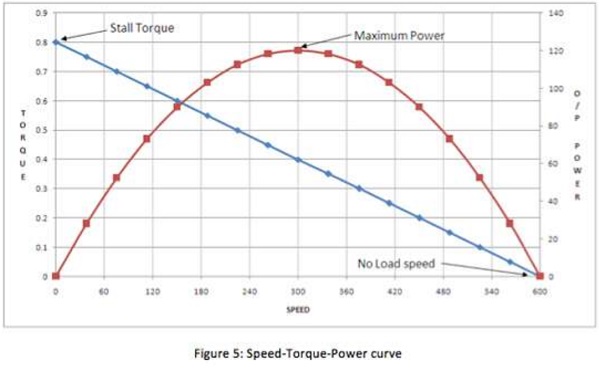
With DC motors, torque is always maximum at zero speed which is called the stall torque. As you can see above, the motor’s torque will drop in a linear fashion with speed/rpm. The theoretical power curve will be a parabola shape and peak somewhere in the middle. If you read my bike reviews, you’ll know that I test and dyno the e-bikes when possible.
There are some irregularities due to real world effects such as friction, efficiency and what not, but it seems fairly accurate. What’s important to look at here is the area under the curve, not the peak torque or power. A car or mechanical enthusiast will always tell you that a machine with more area under the curve will outperform one that has less area – especially if they produce identical peak numbers. Just remember this as we get into mid drives.
Mid Drives
With mid drives, they’re almost identical to hub motors however mounted at the bottom bracket of the bike. It directly connects to your cranks and gears. Because of this, you get a better power/torque curve. Imagine the hub drive dyno, but then add a plot for each gear like this:
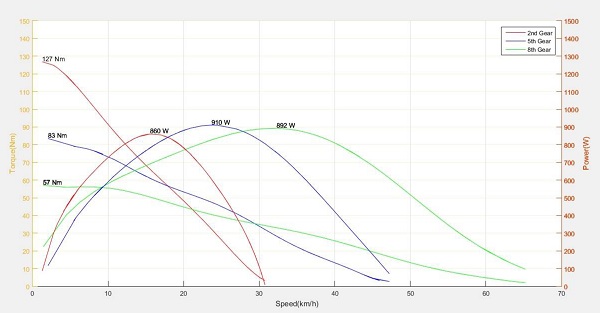
Yeah a little crazy, but it’s pretty much the hub drive dyno for each gear. The curve stretches out with each higher gear. Do we remember what was said about power/torque plots? It’s the area underneath the curve that really shows the performance of a machine, especially when they’re rated at the same peak power/torque.
Let’s just assume that the peak power numbers for the Hunter are identical to that of the Fat-E Mini. Comparing the characteristics of each plot, you have the mini with one power curve whereas the hunter has multiple power curves (as many as the gears it’s fitted with). These multiple power curves are essentially combined which obviously would sum up to a large area – greater than a hub drive power plot (not always true, but typically). So in terms of performance, the mid drive is a clear winner.
Power and torque Performance? Mid Drive
How do they compare in handling?
As we should know by now the mid drive is installed on the bottom bracket with the battery/controller installed on the down tube. This keeps the bike’s centre of the gravity very low and centred. With a hub drive, the centre of gravity is generally a little higher than the mid drive by offset – either to the front or rear.
Depending on the wheel size, the hub motor could sit either higher or at the same height as a mid drive would. This results in the centre of gravity being somewhat similar in terms of height, however the front or rear hub will shift the weight, either towards the front or rear. This will affect handling, and is especially the case with the front hub. Having a 3kg wheel that you turn with, will greatly impair the handling of a bike.
Handling? Mid drive
How does the mid drive stack up against the hub drive with price, maintenance and other things?
Frankly the mid drives trumps the hub drive in almost everything but price. They are more costly and when something does go wrong, they are more expensive to fix than hub motors. Another thing to consider is that hub motors are readily available with many options on the market. These motors are also easy to install and allow retrofitting. Mid drives on the other hand are a different story.
With Bosch, Shimano and Yamaha (just to name a few) producing complex high end mid drive motors, it makes it difficult, close to impossible to fit it to your current bike. Unless you’re a frabricator who can make a custom frame, it’s most unlikely for you to be able to buy a Bosch mid drive on a weekend and fit it on your daily commuter in one arvo. There is Bafang who provide mid drive kits that fit onto the bottom bracket but even with that said, hub motors are more readily available and easier to install.
Conclusion
There you have it folks, we’ve come to a full circle with mid drives taking the win in this fight. Hopefully, you understand from a deeper level why mid drives are better, and share this with your friends and fellow riders!

